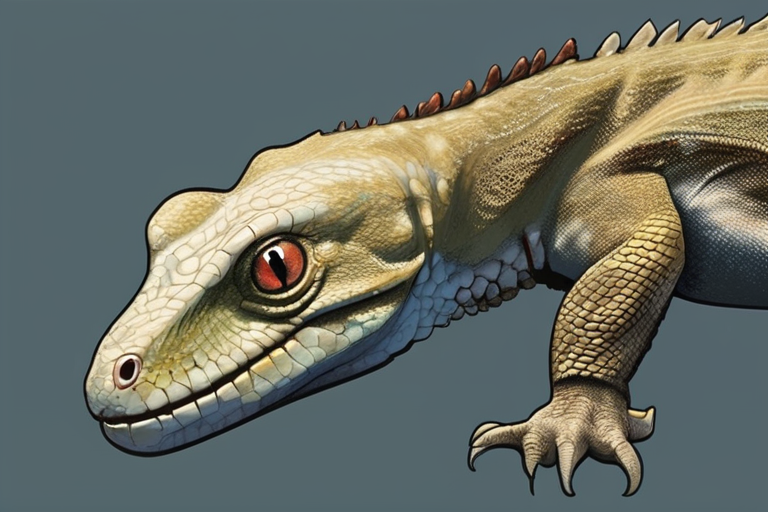Scientists have confirmed that a long-debated dinosaur species, previously thought to be a juvenile Tyrannosaurus rex, is actually a distinct species in its own right. According to a recent study published in a leading scientific journal, the Nanotyrannus, a dinosaur about a tenth the size of the T. rex, was anatomically similar but had distinct characteristics that set it apart from its larger counterpart.
Researchers from the University of Utah, led by Dr. Lindsay Zanno, examined the limb bones of a well-preserved Nanotyrannus fossil and found that it was close to finishing its growth, indicating that it would never reach the massive size of a T. rex. This discovery has significant implications for our understanding of dinosaur evolution and the diversity of species that existed during the Cretaceous period.
Dr. Zanno explained that the team's findings were based on a thorough examination of the fossil, which revealed that the Nanotyrannus had a unique combination of characteristics that distinguished it from the T. rex. "We were able to determine that the Nanotyrannus was not a juvenile T. rex, but rather a separate species that was closely related to the T. rex," Dr. Zanno said in an interview. "This discovery highlights the complexity and diversity of dinosaur evolution and challenges our previous assumptions about the relationships between different species."
The discovery of the Nanotyrannus has also sparked interest in the scientific community, with many experts hailing it as a significant breakthrough in our understanding of dinosaur evolution. Dr. Mark Norell, a paleontologist at the American Museum of Natural History, noted that the study provides valuable insights into the diversity of species that existed during the Cretaceous period. "The discovery of the Nanotyrannus is a reminder of the complexity and richness of the fossil record, and the many secrets that remain to be uncovered," Dr. Norell said.
The study's findings have also raised questions about the naming of the Nanotyrannus, which was previously considered to be a juvenile T. rex. Dr. Zanno and her team argue that the species should be recognized as a distinct entity, with its own name and classification. "We believe that the Nanotyrannus is a unique and fascinating species that deserves its own recognition," Dr. Zanno said.
The discovery of the Nanotyrannus is the latest in a series of recent findings that have shed new light on the evolution and diversity of dinosaurs. As researchers continue to study the fossil record, they are uncovering new and exciting insights into the lives of these ancient creatures. The study's findings are a testament to the power of scientific inquiry and the importance of continued research into the natural world.
In related news, the study's authors have also published a companion piece in the journal Nature, which provides a detailed analysis of the fossil evidence and the implications of the discovery for our understanding of dinosaur evolution. The study is available online and has sparked a lively debate in the scientific community, with many experts weighing in on the significance of the discovery.



























Share & Engage Share
Share this article